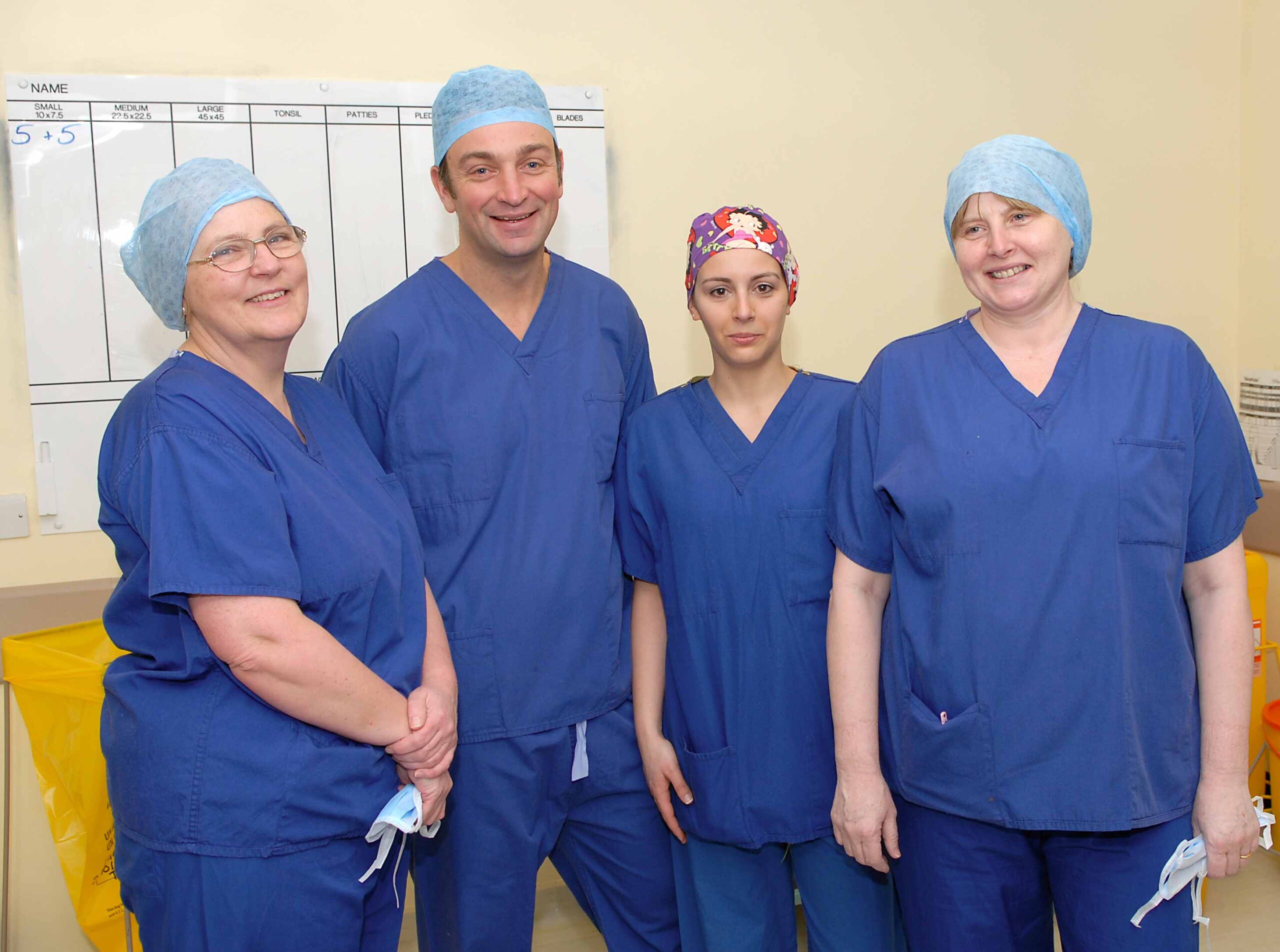
Hicks-Three-Shires_047
Assessment
As with most medical assessments, there is a verbal gathering of information from the patient about the symptoms and how and where it affects them. There are often specific questions regarding the condition and how it behaves. A good verbal or subjective assessment is a huge part of any clinical examination.
Following this, there will be a thorough physical examination, examining where appropriate both groins, hips, and lower back.
There is no internal examination but in males, there is often a need to feel into the scrotum.
Please come prepared for the physical examination with loose undergarments and shorts if you prefer. You can be accompanied throughout the examination if you wish. Please ask if you wish it to be one of our staff or bring along someone of your own choice.
The Physical Examination includes looking at and feeling the patient’s body and asking for responses to certain movements. For the groin, it is essential to manually examine the spine, the hip joint and the inner thigh as well as manually examine the lower belly. The patient is asked to give as much information to the clinician as possible about what they feel.
The groin is a sensitive area and often a comparative examination of both sides is useful as maybe several repeated examinations of each side. The changes the clinician is looking for are often subtle. Each patient is different and time is needed to be as accurate as possible.
Examination with the surgeon often includes an Ultrasound scan. This involves a little cold jelly on the stomach and a plastic probe which gathers the image. (The same as a pregnancy scan). It is not painful but it allows the surgeon to look at the various layers of the stomach wall, looking for any defects. This is used as an additional examination to the clinical examination and should not be seen as a definitive answer. Scans can be misleading and need to be taken in conjunction with all other sources of information.
